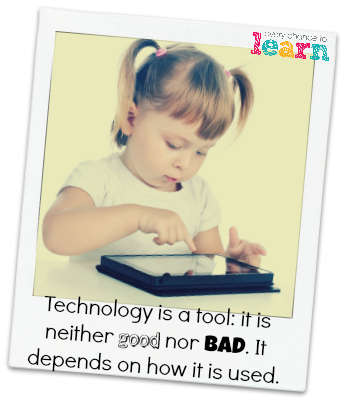I began reading and researching for this week’s blog post by watching the video on Digital Activism. After watching this video I became excited about the different opportunities for activism online such as: religious freedom, gender equality, raising awareness for illness, etc. Then I began reading the assigned readings, and I have to be honest, and say I was a little disappointed after reading chapter 9 in Tapscott. For the most part this chapter seemed very one-sided, perhaps that was the goal? Either way the Obama campaign, as Tapscott pointed out, was the first to use the internet to actively involve people. Chris Hughes set up www.barackobama.com which gave citizens the chance to be involved in the Obama campaign. I was surprised that people had so many options to get involved. “For example, we let supporters make their own fund-raising page, import their address book, and share the reasons they think it’s important to donate with their network. We also let them track their progress on a thermometer,” (Hughes as cited in Tapscott, p. 250, 2008). All of these opportunities seem like great ways for people to be involved in politics.
As I researched I wanted to find sites that shared pros and cons about politics. Facebook and Twitter both provide a platform for people to share their thoughts on politics. I happened to look at Healthcare.gov on Facebook because one of the Net Geners I interviewed spoke about the recent Healthcare plan. She was disappointed because she and her spouse are having to pay more money for healthcare than they did prior to the U.S. adopting the new Healthcare plan. We did not get into a long discussion about Healthcare, but she did voice her frustration.
Rather than focus simply on politics, I would like to touch on other ways people can be activists online. When I interviewed people from the Net Generation I found that some people are active online while others are not. One person I interviewed said she was not really active online, but she did support causes; for instance, she supported veteran and cancer causes. When I asked why she supported these causes she said simply, “family”. She supported these causes by donating money. We discussed the idea of donating money for these causes online and she said that in the future she may go this route. Personally, I prefer not to simply donate money; if I am going to donate money I would like to do so by running a race or participating in a walk.
Other people that I spoke with from the Net Generation shared information about different causes via Facebook or Twitter. Such as, schizencephaly or hyperemesis gravidarum (excessive vomiting during pregnancy). One friend of mine has a child with schizencephaly so she supports this cause through Facebook, donations, etc. ( http://www.wearerare.org ). Another friend shares information about hyperemesis gravidarum on Facebook because she experienced this disorder during all three of her pregnancies, and she wants people to be informed about this disorder. Being able to share information about disorders and have people support you as your family deals with different things is a great way to be a digital activist. Net geners and others are able to spread the word and gain support quickly with the help of the internet. This can be very helpful for teachers who wish to gain support for things they are doing in the classroom. I have seen teachers use http://www.donorschoose.org/ to fund projects such as creating a class library or getting new technology for their classroom.
People are becoming more active in social and digital causes because the internet serves as an efficient way for young and old people with common interests to find one another and to connect,” (Palfrey and Gasser, 2010). People have always been involved in causes, now the internet is bringing more people together that share the same interests so more money and support can create more effective groups to address a number of causes. For educators, this might mean participating in digital activism movements as a class. Perhaps a class can get involved in raising funds to help support the movement to #bringbackourgirls or maybe a group of students can help support a local farm that may be struggling. Truly, the sky is the limit! There are so many great opportunities for young and old people to be involved in digital activism.
Resources:
Palfrey, John and Gasser, Urs. (2008). Born Digital: Understanding the First Generation of Digital Natives. [On-line] Retrieved June 16, 2014
from: http://site.ebrary.com/id/10392430?ppg=8
Tapscott, Don. (2008). Growing Up Digital: How the Net Generation is Changing Your World.
McGraw Hill Professional Publishing: New York, New York.
Websites referenced:

